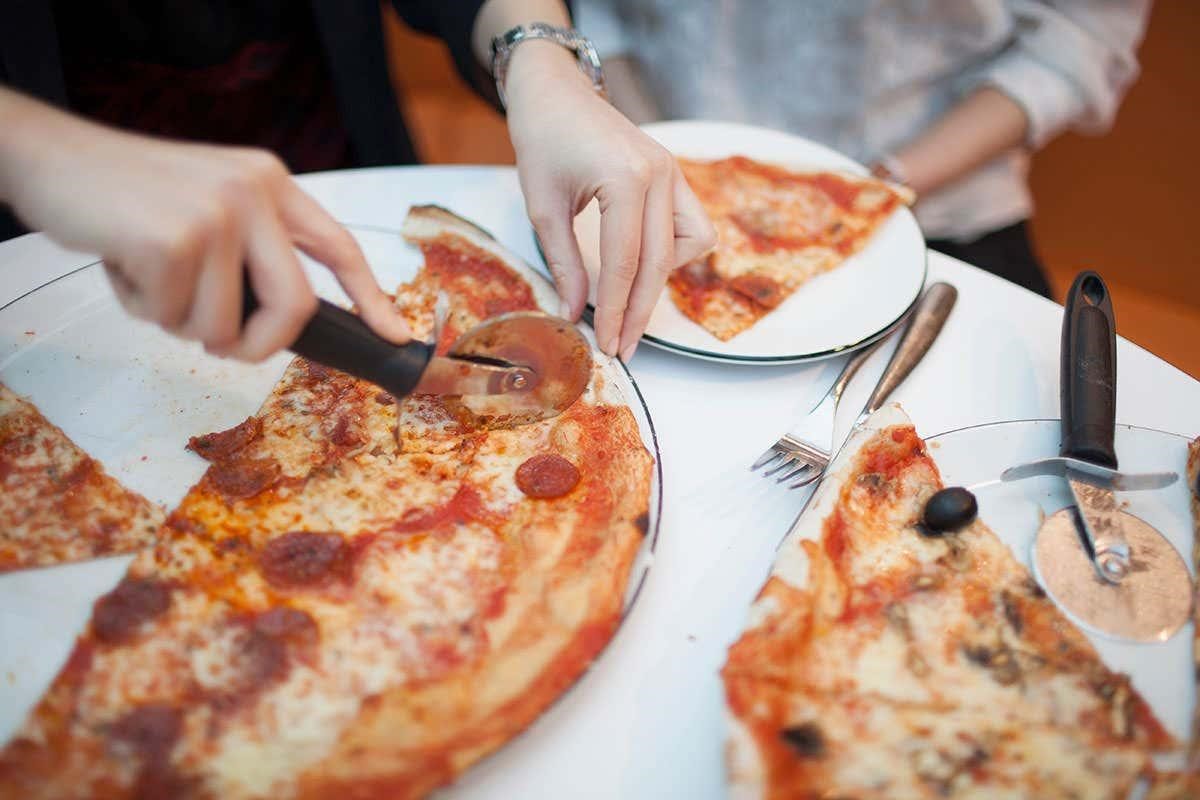Here’s one thing to impress your friends with the next time you order a takeaway: new and exotic ways to slice a pizza.
Most of us divide a pizza using straight cuts that all meet in the middle. But what if the centre of the pizza has a topping that some people would rather avoid, while others desperately want crust for dipping?
Mathematicians had previously come up with a recipe for slicing – formally known as a monohedral disc tiling – that gives you 12 identically shaped pieces, six of which form a star extending out from the centre, while the other six divide up the crusty remainder. You start by cutting curved three-sided slices across the pizza, then dividing these slices in two to get the inside and outside groups, as shown below.
Now Joel Haddley and Stephen Worsley of the University of Liverpool, UK, have generalised the technique to create even more ways to slice. The pair have proved you can create similar tilings from curved pieces with any odd number of sides – known as 5-gons, 7-gons and so on (shaded below) – then dividing them in two as before. “Mathematically there is no limit whatsoever,” says Haddley, though you might find it impractical to carry out the scheme beyond 9-gon pieces.
Haddley and Worsley went one further by cutting wedges in the corners of their shapes, creating bizarre, spikey pieces that still form a circle (the image below shows this happening with 5-gons). “It’s really surprising,” says Haddley.
As with many mathematical results, its usefulness isn’t immediately obvious. The same is true of another pizza theorem, which looks at what happens when a pizza is haphazardly cut off-centre.
“I’ve no idea whether there are any applications at all to our work outside of pizza-cutting,” says Haddley, who has actually tried slicing a pizza in this way for real (see below). But the results are “interesting mathematically, and you can produce some nice pictures”.
For more such insights, log into www.international-maths-challenge.com.
*Credit for article given to Jacob Aron*


